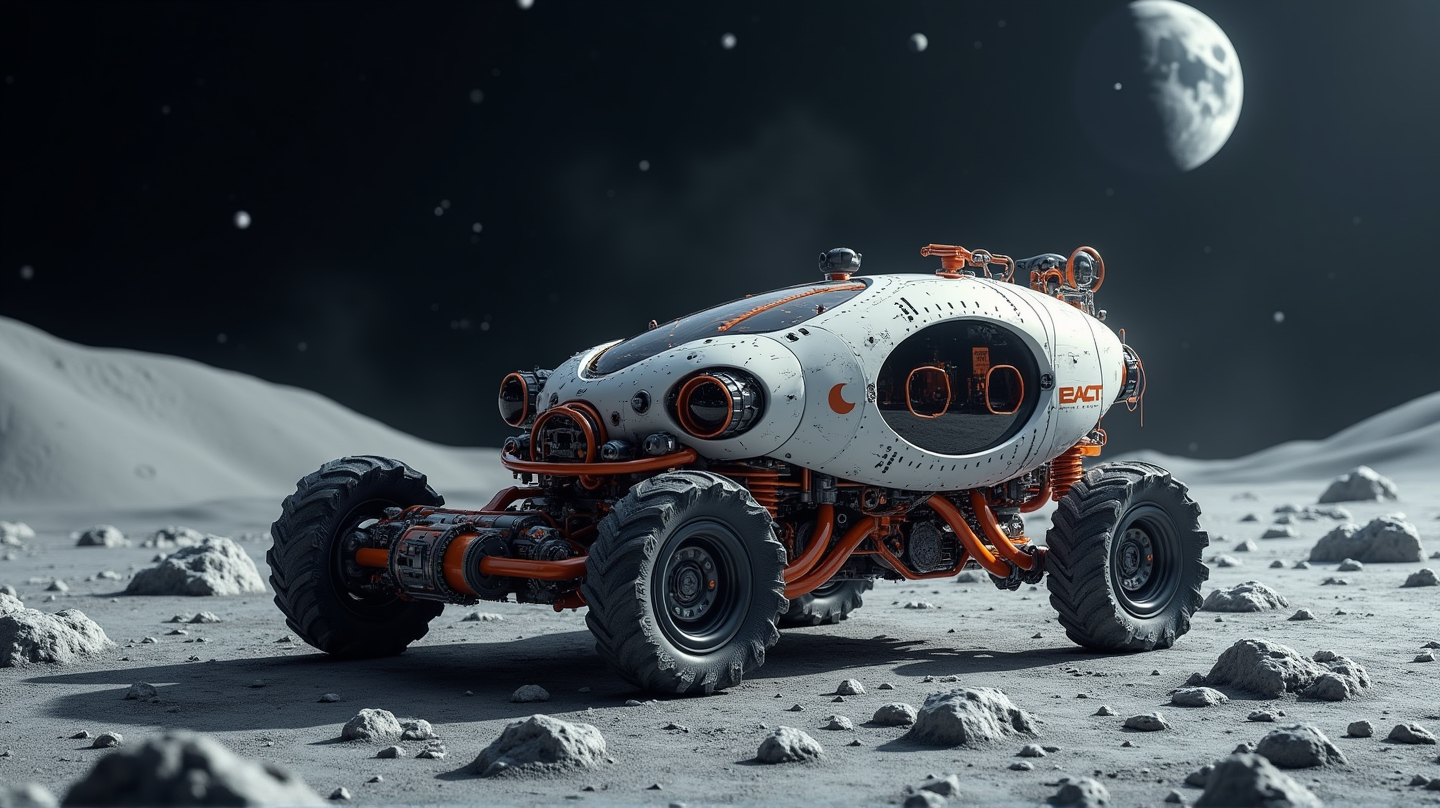Space exploration has taken a giant leap forward with the introduction of a new robotic prototype that promises to transform how we approach resource utilization on the Moon. Work continues on designs for robots that can help assist the first human explorers on the Moon in over half a century. One of the most important aspects of that future trip will be utilizing the resources available on the Moon’s surface, known as in-situ resource utilization (ISRU).
A New Dawn for Lunar Mining
The essence of this new invention lies in its ability to overcome one of the most significant hurdles of lunar operations – gravity. Unlike Earth-based tools, traditional mining equipment cannot simply rely on weight to function effectively in the Moon’s low-gravity environment. This challenge has sparked innovative thinking at Tohoku University and NASA, leading to the development of a “bucket excavator” designed specifically for lunar conditions. According to Universe Today, such equipment could transform the way we extract resources from the Moon.
Ingenious Engineering
The bucket excavator design is not only revolutionary but also remarkably efficient. It uses a bucket drum design to perform essential processes such as excavation, material loading, and haulage. This method bypasses the need for conveyor belts, which are prone to failure in the harsh lunar environment. The robot’s ability to collect small amounts of material through continuous, rapid passes ensures a steady and effective excavation process.
Proving Its Worth
The design’s validation is supported by robust testing. Engineers have already constructed a prototype and subjected it to various trials. Made primarily from 3D printed PLA with carbon fiber reinforcements, the device demonstrated remarkable efficiency and power conservation, excavating up to 839 kg/h when mounted on a rover platform.
Optimizing Operational Efficiency
In a simulated lunar mission environment, the robot showcased impressive capabilities. Although its efficiency decreased in a more dynamic excavation-to-dump cycle, this aspect of performance aligns well with current excavation technologies. The future looks promising with plans to introduce specialized rovers to increase hauling efficiency, and further enhancements await in sensing and control technologies.
Future Vision
This robot’s design marks a significant stride towards making the Moon a new frontier for sustainable resource harvesting. By enhancing our ability to leverage lunar materials, we pave the way for future missions that are less reliant on Earth-based supplies. As the world watches, this futuristic robot could soon be at the forefront of Moon mining, breaking new ground in areas untouched for eons.
This breakthrough not only reveals new possibilities for lunar exploration but also illustrates the collaborative ingenuity of global space agencies in tackling space’s practical challenges. With continued advancements, the next giant leap for mankind may well begin with robotic pioneers preparing the Moon for humanity’s arrival.
